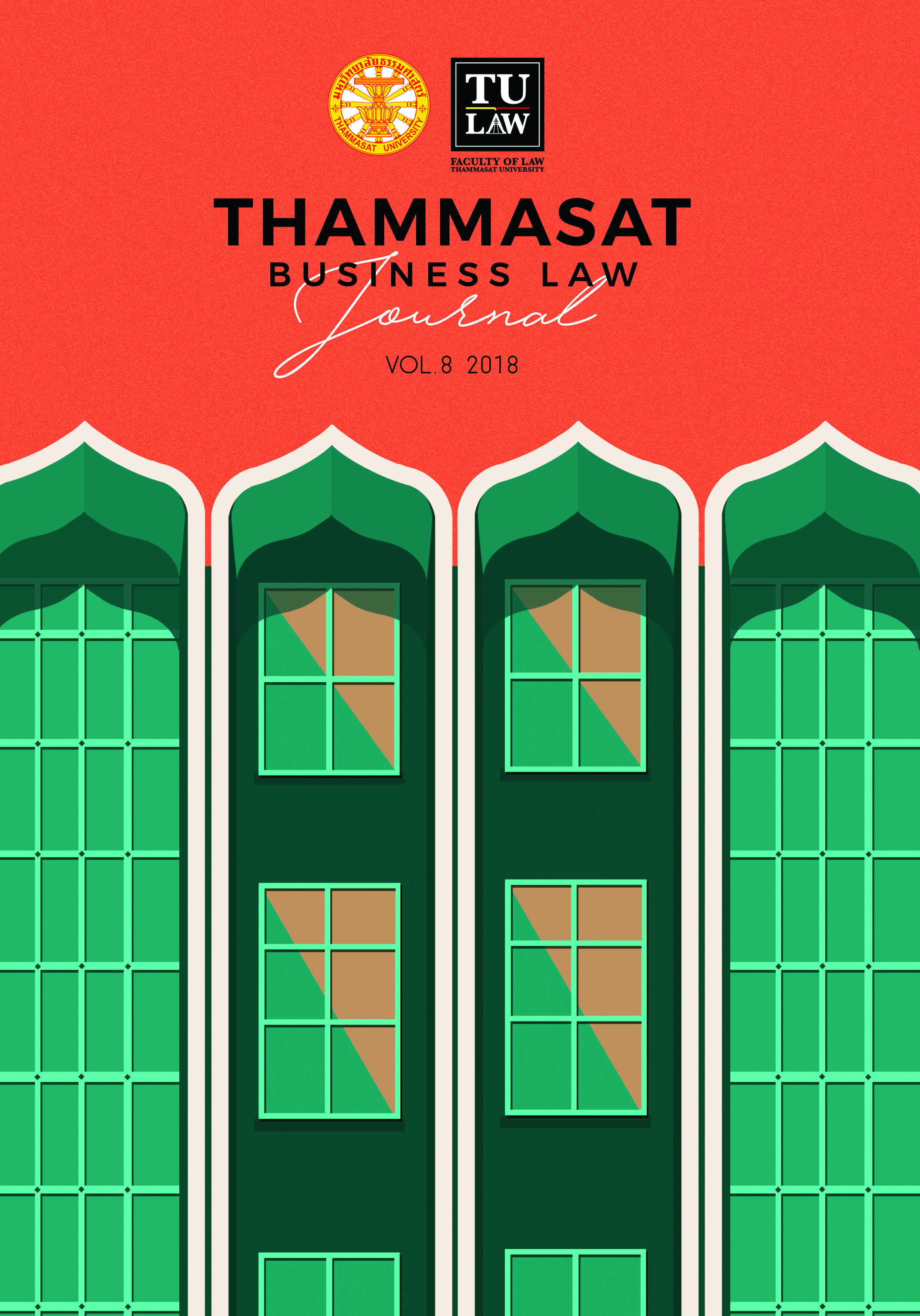The Human Rights of the Stateless Surrogate-born Child under the United Nations Conventions on the Rights of the Child (CRC)
Main Article Content
Abstract
Surrogacy arrangements have remained a newly occurring issue, especially within the past decades and statelessness arises largely because state parties found grounds not to interfere with it.
In this paper, the writer examines the following: the bases of the international surrogacy arrangement, how such arrangements have incurred statelessness, and ultimately how it has affected the human rights enjoyment of the child; the writer further explores ways in which specific human right instrument such as the Convention on the Rights of the Child(CRC) could address these issues in enhancing their rights and optimize the protection. The writer concludes by proposing that domestic legislation should be reformed, that state parties should observe the best interest of the child and that it is important to ascertain how the human rights instruments, specifically within the CRC, can be better coordinated to address the stateless surrogate child.
Article Details
References
Baby Manji Yamada v Union of India and Another [2008] 13 SCC 518
D v. L (Surrogacy) [2012] EWHC LG31 (Fam).
Jan Balaz v. Anand Municipality and 6 ors, Air 2010 Guj 21.
Mennesson v. France ECHR, (Application No. 65192/11),
Re X & Y (Foreign Surrogacy) [2008] EWHC (Fam) 3030 (Eng.)
Bibliography
Council of Europe, European Convention on Nationality, 6 November 1997, ETS 166, available at: https://www.refworld.org/docid/3ae6b36618.html [accessed 4 June 2018].
Debroy S, “Stateless twins live in limbo,” The Times of India, 2 February 2011, https://timesofindia.indiatimes.com/city/mumbai/Stateless-twins-live-in-limbo/articleshow/7407929.cms Accessed 26 May 2018
Henaghan M, “International Surrogacy Trends: How Family Law is Coping,” Australian Journal of Adoption Vol. 7 No.3 (2013):1.
ISI, ‘Addressing the Right to a Nationality through the Convention on the Rights of the Child,’ A Toolkit for Civil Society, June 2016,
Institute on Statelessness and Inclusion (ISI), The World's Stateless Report 2017 (Oisterwijk, ISI 2017), 375.
Mishra H, ‘Israeli gay couple to take surrogate twins home,’ The Indian Express (Jerusalem, 28 May 2010), https://archive.indianexpress.com/news/israeli-gay-couple-to-take-surrogate-twins-home/624650/> accessed 26 April 2017.
Nelson E, ‘Global Trade and Assisted Reproductive Technologies: Regulatory Challenges in International Surrogacy,’ Journal of Law, Medicine & Ethics, 41 (2013): 240, 241-42, in Caitlin Pyrce, “Surrogacy and Citizenship,” 494.
Organization of African Unity (OAU), African Charter on the Rights and Welfare of the Child, 11 July 1990, CAB/LEG/24.9/49 (1990),
Oireachtas Library & Research Service, ‘Surrogacy, parentage, and citizenship: Ireland in the wider world,’ Spotlight, No.3 (2013) 10-11.
Organization of American States, American Convention on Human Rights, "Pact of San Jose", Costa Rica, 22 November 1969,
Organization of the Islamic Conference (OIC), Covenant on the Rights of the Child in Islam (OIC/9-IGGE/HRI/2004/Rep.Final, 2005)
Philip B. ‘Surrogate Path for Dads not always as easy as for Ricky.’ The Japanese Times (31 August 2008)
Points K, ‘Commercial Surrogacy and Fertility Tourism in India: The Case of Baby Manji',
Pyrce C, ‘Surrogacy and Citizenship: A Conjunctive Solution to a Global Problem,’ Indiana Journal of Global Legal Studies, Vol. 23:2, Article 19(2016): 925, 929.
Rajan S, ‘Ending Statelessness arising out of Surrogacy in India: The Latest Developments,’ (European Network on Statelessness, April 21 2017)
UN High Commissioner for Refugees (UNHCR), First Global Forum on Statelessness: New Directions in Research and Policy Key Outcomes, 6 October 2014,
UN General Assembly, Convention on the Reduction of Statelessness, 30 August 1961, United Nations, Treaty Series, vol. 989, 175,
UN General Assembly, Convention on the Rights of the Child, 20 November 1989, United Nations, Treaty Series, vol. 1577, 3.
UN General Assembly, Universal Declaration of Human Rights, 10 December 1948, 217 A (III),


